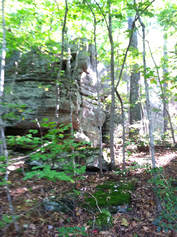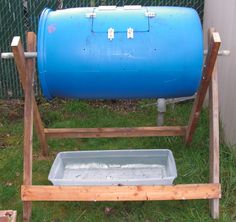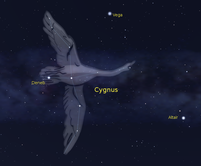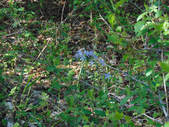
“The asphalt wraps itself round the mountain,
a black river ascending into the mist.
Wet, moss-covered stone, flushed orange and yellow oaks,
shivering, stoic firs, and smoldering red maples cling
to the bosom of the Blue ridge as fall fades to winter.”
It’s time to recall voices from the past. Walt Whitman shares the Romantic poet's relationship with nature. To him, as to Emerson, nature is divine and an emblem of God. The universe is not dead matter, but full of life and meaning. He loves the earth, the flora and fauna of the earth, the moon and stars, the sea, and all other elements of nature. He believes that man is nature's child and that man and nature must never be separated.
“As a light rain glazes the skin of my outstretched arm
I can feel the chill of the Appalachian air electrifying
the hair on my neck, chilling my bones.
Soaring into another cloud, my beloved asleep on my shoulder,
I breathe in the cold air deeper, and then deeper still.
Ascending higher and delving deeper into the mountains I’m reminded
what it is that propels me ever onward, ever upward –
the Appalachian air instills something in me…something light.”
This summer, walk with confidence and knowledge in the natural world. Have you ever picked up a stunning rock and wonder what made it sparkle? Ever hear a beautiful bird call and wonder what little creature had just serenaded you? Take time to ask many questions and to discover the answers. Along the way, seek guidance from poets and storytellers. Recognize the vital connection between stories and places. Words and nature. Learn the names and uses of local trees, plants, and animals. Learn skills of observation so you can continue to cultivate your wilderness knowledge. Take time to just be.



 RSS Feed
RSS Feed